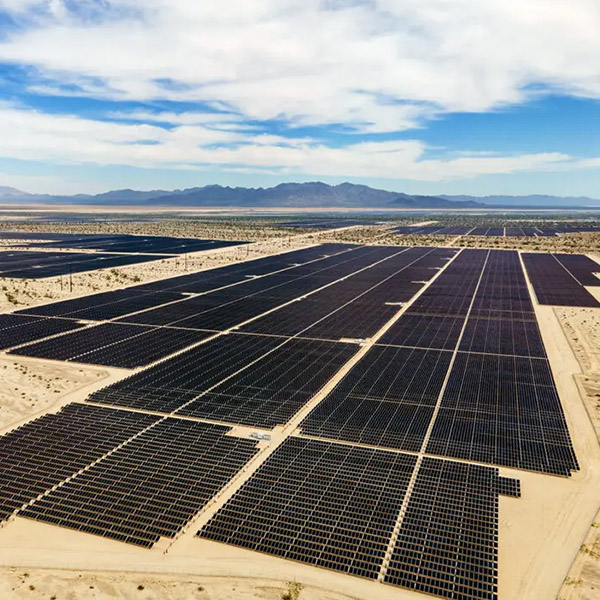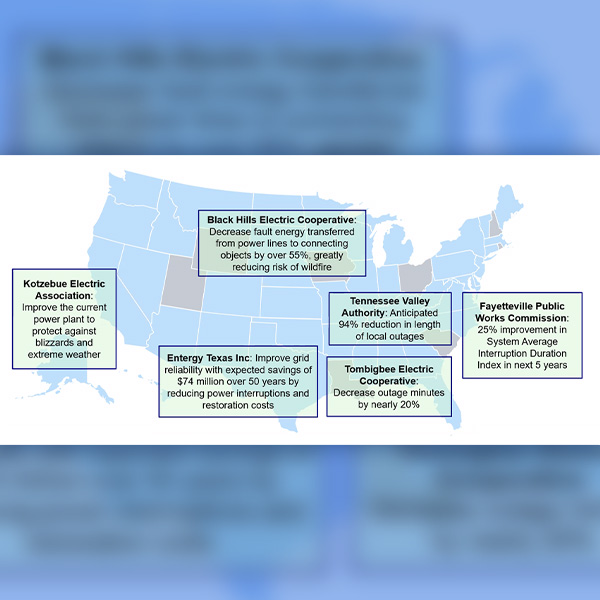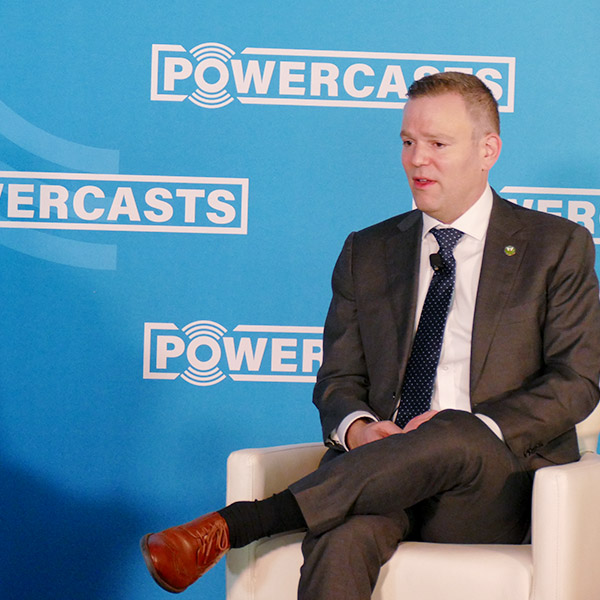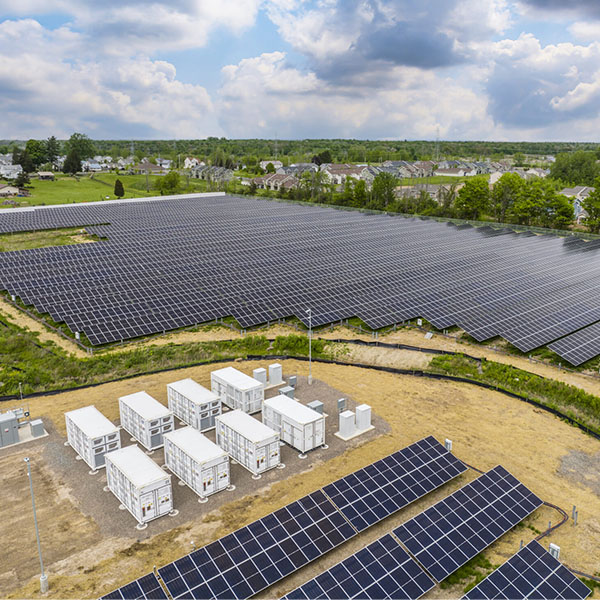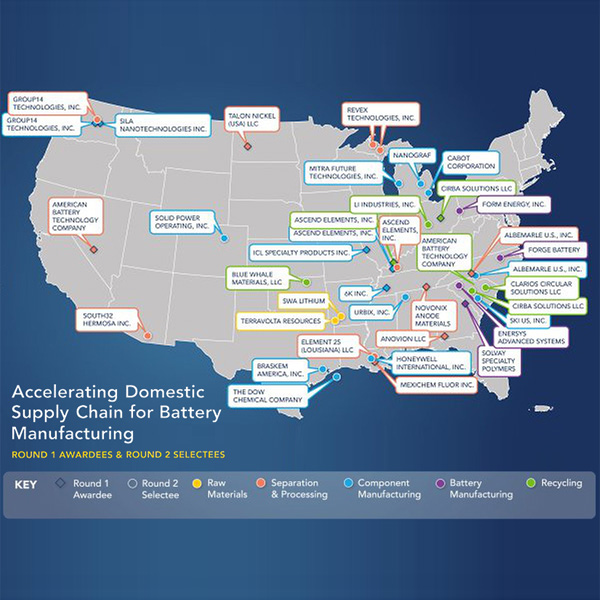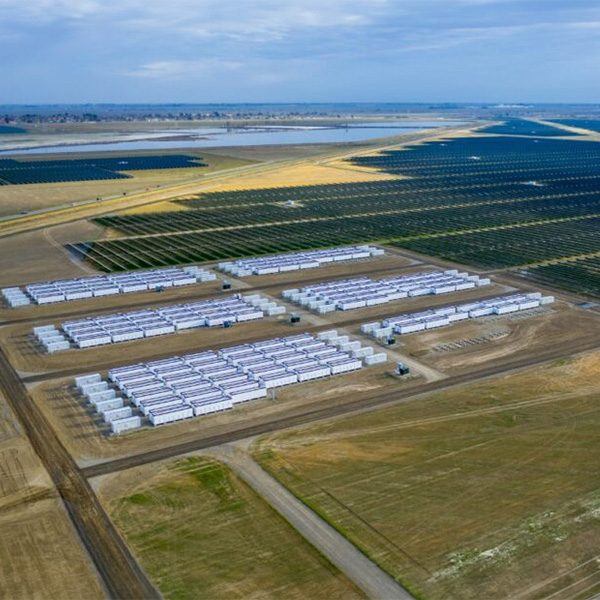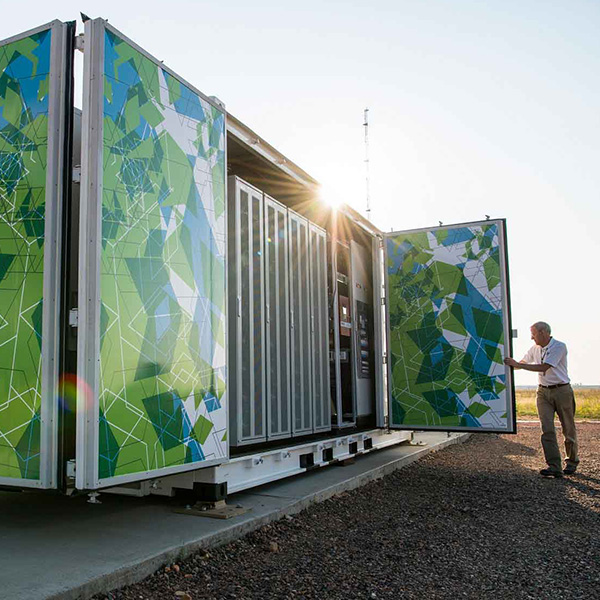Energy Storage
Intersect Power is seeking approval for two 1.15-GW solar-plus-storage projects in California using a streamlined permitting process.
The U.S. Department of Energy announced almost $2 billion in new funding from the Infrastructure Investment and Jobs Act aimed at improving grid reliability and resilience.
FERC Commissioner David Rosner told members of the American Clean Power Association that one of his main goals is to successfully manage the energy industry’s transition.
Debating the impact of FERC's Rule 1920, Abe Silverman of Johns Hopkins told states to "codify, codify, codify" their energy policy goals and policies to ensure PJM has to take them into account in compliance.
The Rhode Island Energy Facilities Siting Board ruled it has jurisdiction over large battery storage projects, overruling precedent.
The Gulf Coast Power Association again reported a record attendance for its annual Fall Conference and discussions on the industry’s future, emerging grid technologies and Texas’ 2025 legislative session.
DOE has selected 25 battery supply chain projects to receive $3 billion in grants from the Infrastructure Investment and Jobs Act, according to an announcement.
Hybrid power plants, especially projects combining solar and storage, represent a growing amount of new generation online and in interconnection queues across the U.S., signaling a shift in how renewable power can be integrated into electric power markets, according to a new report from the Lawrence Berkeley National Laboratory.
Massachusetts has some of the strongest incentives for storage resources in the country, but its storage programs are lagging in their focus on equity and environmental justice, according to a report.
Following the failure of the Massachusetts House and Senate to reach common ground on a climate bill this summer, Gov. Maura Healey (D) has proposed to include clean energy permitting and procurement provisions in a supplemental budget bill.
Want more? Advanced Search
